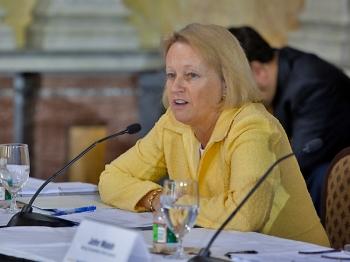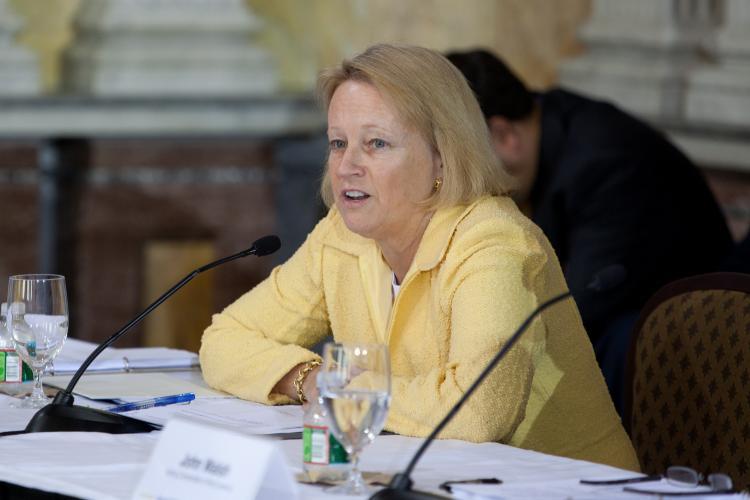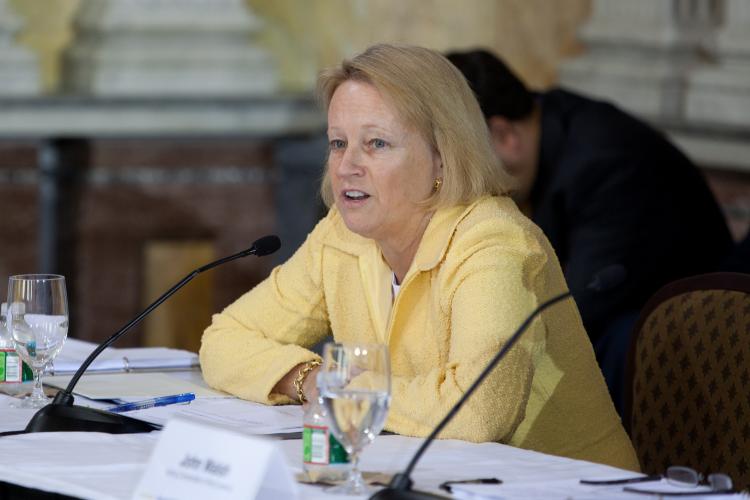SEC to Scrutinize High-Frequency Trading
The U.S. Securities and Exchange Commission is looking into preventing the type of lax oversight that followed after last year’s “flash crash,” but it may lack the tools to do so, SEC Chairman Mary Shapiro said last week.

Mary Shapiro, chairman of the Securities and Exchange Commission, at the inaugural meeting of the Financial Stability Oversight Council on Oct. 1, 2010 in Washington. Brendan Hoffman/Getty Images
|Updated:





